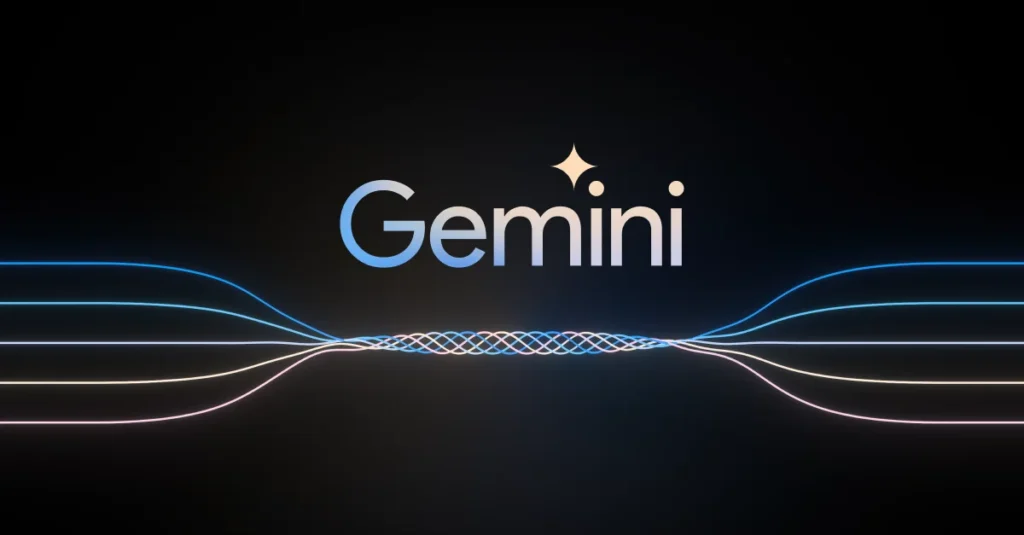Google recently unveiled Gemini, a groundbreaking AI model designed to be the company’s most capable and versatile yet. This innovative model combines advanced technologies to process and understand various data types, including text, code, audio, images, and video. Gemini’s development marks a significant step toward more flexible and adaptable AI systems
Gemini was built from the ground up as a multimodal model, allowing it to seamlessly operate across different information types. This design aims to create an AI that feels less like conventional software and more like a smart and intuitive assistant. The model’s versatility makes it suitable for a wide range of applications, from complex data center tasks to on-device processing.
Google has optimized Gemini 1.0 for three different sizes to meet varying needs. The largest version, Gemini Ultra, is designed for highly complex tasks. Gemini Pro offers scalability across a wide range of applications, while Gemini Nano is ideal for on-device use. The flexibility of this model allows it to be implemented in various environments, providing developers and enterprises with enhanced AI capabilities.
Gemini Ultra has already demonstrated state-of-the-art performance on multiple academic benchmarks, including those assessing language, coding, and image understanding. Notably, it achieved a score of 90.0% on the Massive Multitask Language Understanding (MMLU) benchmark, outperforming human experts.
Google’s Gemini represents a significant advancement in AI technology, with its multimodal design and state-of-the-art performance across various benchmarks. Its versatility and adaptability promise to reshape how developers and enterprises approach AI, offering new possibilities for innovative applications. As the technology continues to evolve, Gemini could lead to more intuitive and capable AI systems.


